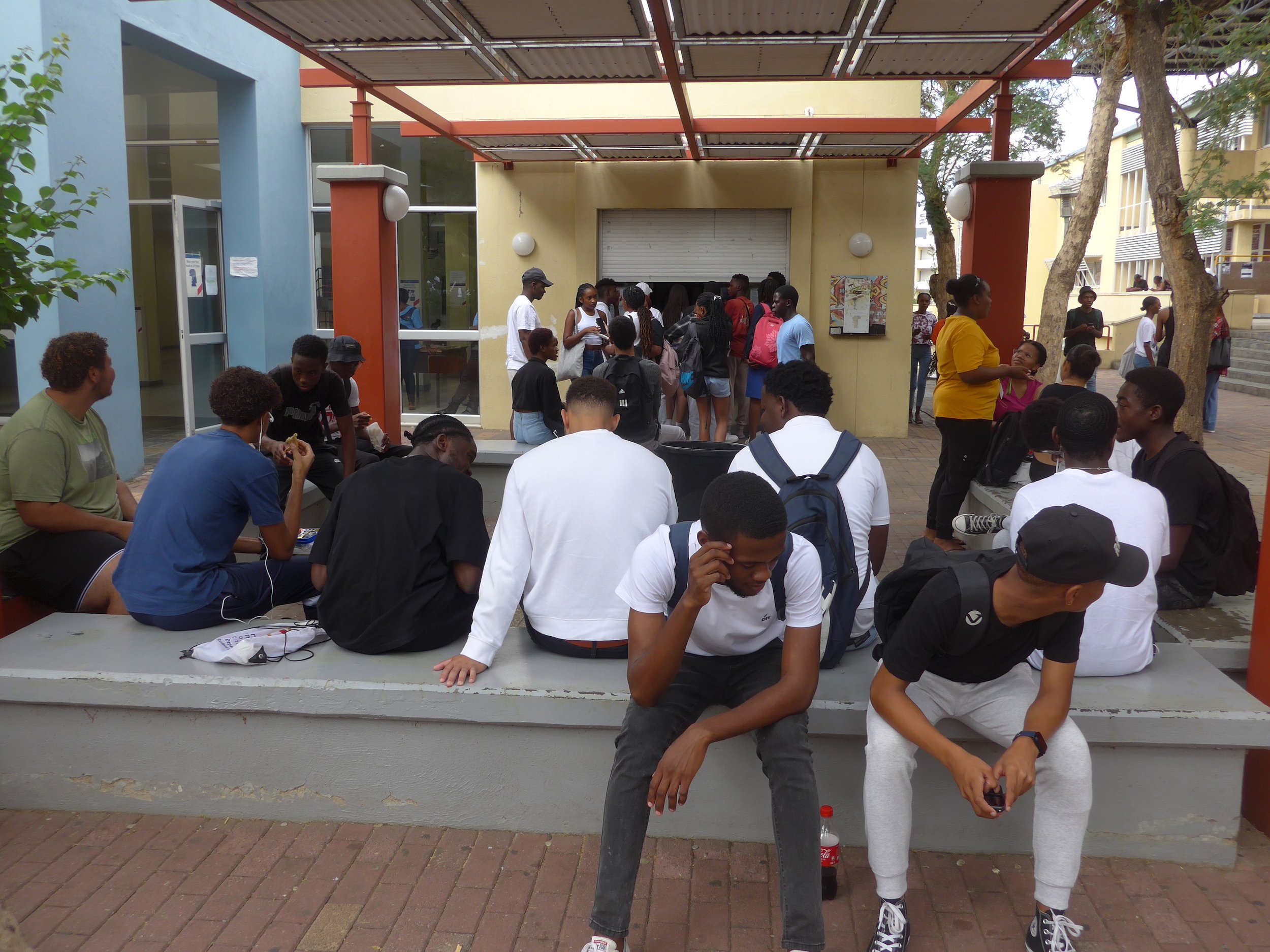Entdecken Sie die Welt im Süden von Afrika
-
Sambia im südlichen Afrika ist ein Binnenland mit zerklüftetem Gelände und einer vielfältigen Tierwelt, vielen Parks und Safari-Gegenden. An seiner Grenze zu Simbabwe befinden sich die berühmten Victoriafälle – von den Ureinwohnern Mosi-oa-Tunya oder "Donnernder Rauch" genannt – die über dunstige 108 m in die schmale Batoka-Schlucht hinabstürzen. Über den Sambesi, gleich unterhalb des Wasserfalls, spannt sich die Victoria Falls Bridge, ein spektakulärer Aussichtspunkt
-
Namibia ist ein Staat im südwestlichen Afrika, der durch die Wüste Namib entlang seiner Atlantikküste geprägt ist. Namibia besitzt eine artenreiche Tierwelt mit einer beträchtlichen Gepardenpopulation. In der Hauptstadt Windhoek und der Küstenstadt Swakopmund finden sich deutsche Kolonialbauten wie Windhoeks Christuskirche von 1907. Im Norden liegt der Etosha-Nationalpark, dessen Salzpfanne zahlreiche Wildtiere wie Nashörner und Giraffen anzieht.
-
Südafrika ist ein Land an der Südspitze des afrikanischen Kontinents, das mehrere ganz unterschiedliche Ökosysteme hat. Das Safariziel Krüger-Nationalpark im Landesinneren ist die Heimat großer Wildtiere. Am Westkap gibt es Strände, üppige Weinberge rund um Stellenbosch und Paarl, schroffe Felsen am Kap der Guten Hoffnung, Wälder und Lagunen entlang der Garden Route sowie Kapstadt unterhalb des Tafelbergs
“You have not lived until you have been to Zambia. A truly unique experience.”
Go on safari! Visit the Victoria Falls! These are probably the first two activities people think about when they start planning their trip to Zambia but, there is so much more on offer.
Lusaka, although a transit point, has something to offer. The city has a wide variety of restaurants, interesting markets selling a variety of crafts and curios, for history and culture, the National Museum is worth a visit and for an introduction to Zambian art there are a selection of art galleries showcasing local talent. A visit to the Elephant Nursery at Lilayi is a must and, although it is a bit of a trek, Kalimba Reptile Park is well worth the trip. Livingstone is the Adventure Capital with microlight flights, bungee jumping, white water rafting, up close animal encounters, museums and steam train rides. And, you can go on safari – of course!
“Namibia is truly a magical place with fascinating landscapes and beautiful people.”
From the first moment here I felt very welcomed in Namibia. I was on my own and the night before my safari I was staying at a little boutique hotel in Windhoek, when my appointed safari guide phoned to see if I would come down to “Joe’s” (I learnt quickly that Joe’s is the mainstay for pre and post safari drinks!). After a couple of meet and greets with the other guests in my group we got off to a great start.
Our first safari destination was Damaraland – an enormous region of expansive and beautifully wild landscapes. After arriving at the little airstrip, we had a 4×4 transfer – with game viewing en route – to our camp quickly realising we are in a very remote region on earth. Two days into the safari and I learned more about the geology and history of the earth’s continents here than ever taught (or took in) at school. How fascinating! Whilst here we participated in tracking rare desert-adapted black rhino on foot with Save the Rhino Trust. This rated as a major highlight of the whole trip!
Departing Desert Rhino Camp, we fly over the incredible Skeleton Coast – renowned for its large number of shipwrecks over the last century – and to the extreme north of the country. We arrive in Serra Cafema, just a sand airstrip with little else but why not? If I thought Damaraland was remote, this is like being on the moon! An hour and a half later we arrive at Serra Cafema Camp, a little oasis situated on the banks of the Kunene River. Our stunning rooms are dark wood, floating curtains, and veranda complete with hammock and views to the river. Sublime!


